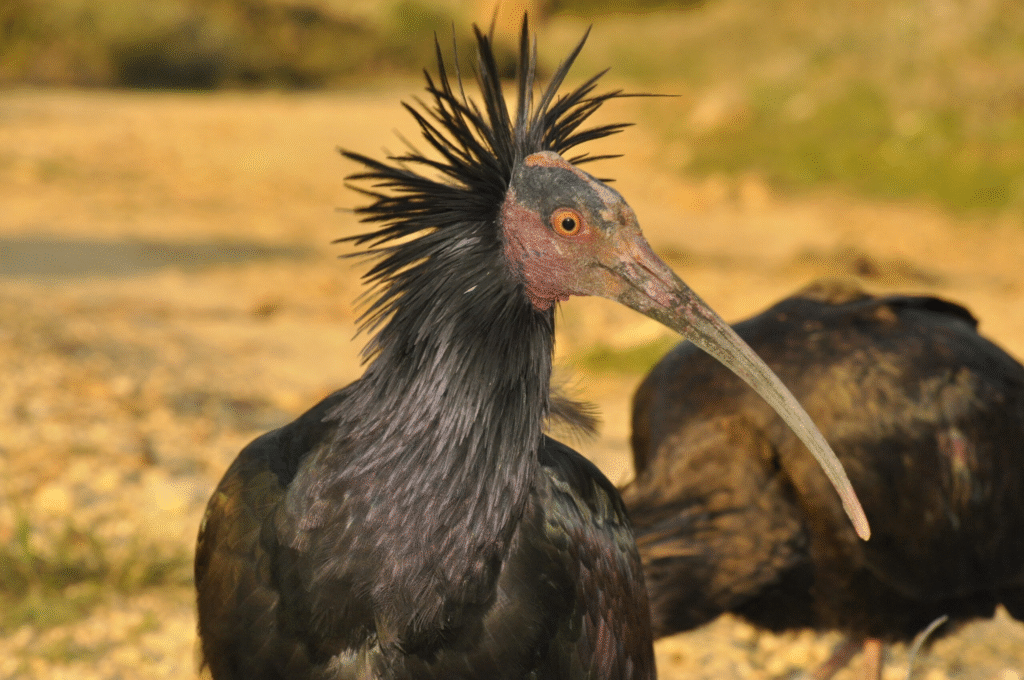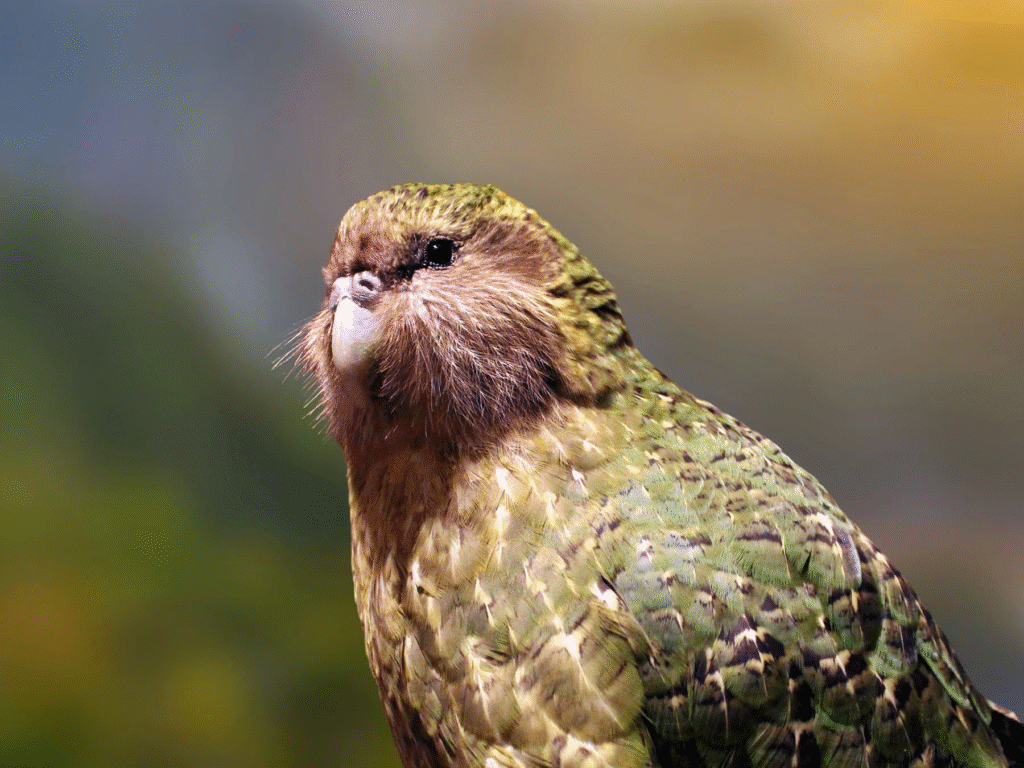Edge of Existence: The Last 50 of These Species Still Survive
Within the fabric of life on Earth, many species have ebbed and flowed, evolving and going extinct. While extinction is a normal part of eolution throughout the course of time, the present rate of extinction is anything but normal. The rapid loss of species has to do with malevolent forces connected to how humans behave (i.e., deforestation, pollution, overfishing, illegal trade practices, and climate change) that have put tremendous accelerants on extinction’s natural processes.
Some species today are now also critically endangered, with an estimate of only 50 individuals left that are living in the wild. The critically endangered animals we will discuss are the last remaining members of their respective species, and they are hlding onto existence in degraded ecosystems which are only getting worse, both as a direct result of climate change and human behaviors harming the ecosystem. For many animals, their existence is on the line, and ech day of lost survival counts.
In this article, we will explore several of these species; some of which are doodle, other whom you may never hear about, but they all face unavoidable demise – they are all down to the last 50 individuals.
1. Northern Bald Ibis (Geronticus eremita)

The formerly widespread northern bald ibis (Geronticus eremita) now inhabits a critically endangered status. It is distinguished by its long, downturned bill and bald head. The northern bald ibis has, in parts of the world, been pushed close to the brink of extinction due to habitat loss, hunting, and pesticide use. Restoration projects in Morocco and parts of Europe have taken place and at the very least, the northern bald ibis has slowly been rehabilitated, bt in many areas, fewer than 50 remain in the wild.
What makes the northern bald ibis unique is its social intelligence and migratory tradition. During migration, the young rely on old birds to learn varied routes of seasonal migration, and as old birds die, the information leaves the population.
2. Javan Rhino (Rhinoceros sondaicus)

Of all of the large mammals on Earth, the Javan rhino is likely among the most endangered. Recent estimates suggest that only about fifty exist in the wild, all located within Ujung Kulon National Park in Indonesia. This diminutive rhino is shy and solitary, and it used to be found in all of Southeast Asia. Now, because of poaching and habitat loss, it occupies one, smaller protected area.
In all likelihood, that limited population could be wiped out by a single disease and a natural disaster could potentially eliminate the population even more rapidly. As if that were not enough, the long-term implications related to the genetic bottleneck could pose even greater risks to their survival. Despite the best protection efforts, they remain on the verge of extinction.
3. Pygmy Three-Toed Sloth (Bradypus pygmaeus)

Only found on Isla Escudo de Veraguas, a tiny island off the coast of Panama in the Caribbean Sea, the pygmy three-toed sloth is an elusive species of sloth primarly found in trees. The estimated population of fewer than 50 individuals makes this species is extremely endangered due to habitat loss and human habitation, even though the island is designated as protected.
The pygmy sloth is dependent on dense mangrove forests for its survival. Continued tourism development and illegal logging are shrinking the mangrove home. Without urgent protection, we can expect the pygmy sloth will become extinct.
4. Northern Sportive Lemur (Lepilemur septentrionalis)

More than 100 species of lemurs are found in Madagascar, but the northern sportive lemur may not survive much longer. Only a few dozen of these small, nocturnal primates remain in the wild. They occupy a small withdrawn area in northern Madagascar and are exploited by slash-and-burn agriculture and charcoal production.
These lemurs are especially vulnerable because they are arboreal specialists (or tree-dwelling) primates with limited distributions. They have no captive breeding programs and are under-resourced for conservation efforts. Without fast action, their future is grim.
5. Yangtze Giant Softshell Turtle (Rafetus swinhoei)

The Yangtze giant softshell turtle is among the rarest reptiles on earth, with perhaps only two known individuals remaining. Native to China and Vietnam, this ancient freshwater turtle has been decimated by development, pollution, and poaching.
Conservationists have been working tirelessly to breed the two known living turtles, among others that were born in captivity. Thus far, they have been unsuccessful. Because some turtles can live over a hundred years and take a long time to reach sexual maturity, this species is particularly vulnerable. Each year that goes by without a successful reproduction drives the species closer to extinction.
6. Christmas Island Frigatebird (Fregata andrewsi)

The Christmas Island frigatebird is endemic to Christmas Island, an Australian territory in the Indian Ocean. This seabird has experienced population declines as a result of habitat loss, invasive species, and human activity. We believe there are fewer than 50 mature breeding individuals and we consider this species among the most threatened of seabirds.
These birds are masters of flight and seem to glide over oceans interminably. They rely on undisturbed breeding habitat, which has been lost to activities like deforestation and mining. The invasive yellow crazy ant also disturbs their nesting and feeding behavior.
7. Saola (Pseudoryx nghetinhensis)

Often called the “Asian unicorn,” the saola is one of the most enigmatic large mammals alive today. It was only found in 1992 in the Annamite Mountains of Laos and Vietnam, and because the saola is so rare there are no known captive individuals, and sightings in the wild are very rare.
While the exact number of saola is unknown, biologists estimate that there are only a few dozen that still exist, if any. The saola is in danger from illegal snares meant for other animals, and from habitat fragmentation. It could go extinct before we understand it without urgent action.
8. Kakapo (Strigops habroptilus)

The kakapo of New Zealand, a nocturnal flightless parrot was presumed extinct serious conservation programs have raised the number from less than 50 in the 1990’s to a little over 250 now, but not that many decades ago it was one of the world’s rarest birds, with probably less than 50 individuals outside of isolated islands.
Each kakapo has a name, a tracking tag, and they are part of a breeding program being closely managed. Their presence is proof that species can recover from the brink if enough effort is put in, but their existence is still totally dependant on humans to provide protection.
The Genetic Bottleneck
In essense, a species faces a genetic bottleneck when it has fewer than 50 individuals. The gene pool has become so reduced that the species cannot create a gene pool that can sustain a healthy population. In this instance, inbreeding becomes a risk and increases the chances of predators, diseases and fewer births.
The genetic crisis adds urgency to conservation. In some instances, scientists have explored cloning, artificial insemination, and genetic rescue – bringing in related species or gene editing to expand a gene pool. However, these methods often come with risks, cost, or controversy.
Human Responsibility and the Path Forward
Many of these species are critically endangered and on the brink of extinction because of human activities. Industrial development, hunting, pollution, and climate change are all factors. However, humans can be part of the solution.
Here’s what we can do to help prevent further decline:
- Support local and global conservation efforts, especially those focused on endangered species.
- Educate others about the importance of biodiversity and the urgency of extinction.
- Avoid products tied to illegal wildlife trade, such as exotic pets or traditional medicine using endangered animals.
- Reduce your ecological footprint, including carbon emissions, plastic use, and deforestation-linked purchases.
- Advocate for stronger wildlife protection laws in your country and internationally.
A Race Against Time
These animals are more than numbers. They are sentient creatures that behaved in complexity due to their evolutionary history, and play important ecological roles. With the extinction of a species comes not only the loss of an organism, but also the loss of their long, complicated evolutionary tale—the one that took millions of years to write.
Each of these species with fewer than 50 remaining individuals are on the brink of extinction, waiting for the world to notice, act, and take relevant action on their behalf. Some may still be saved from the brink of extinction. Others may disappear before we even understand what they were and what we have lost.







